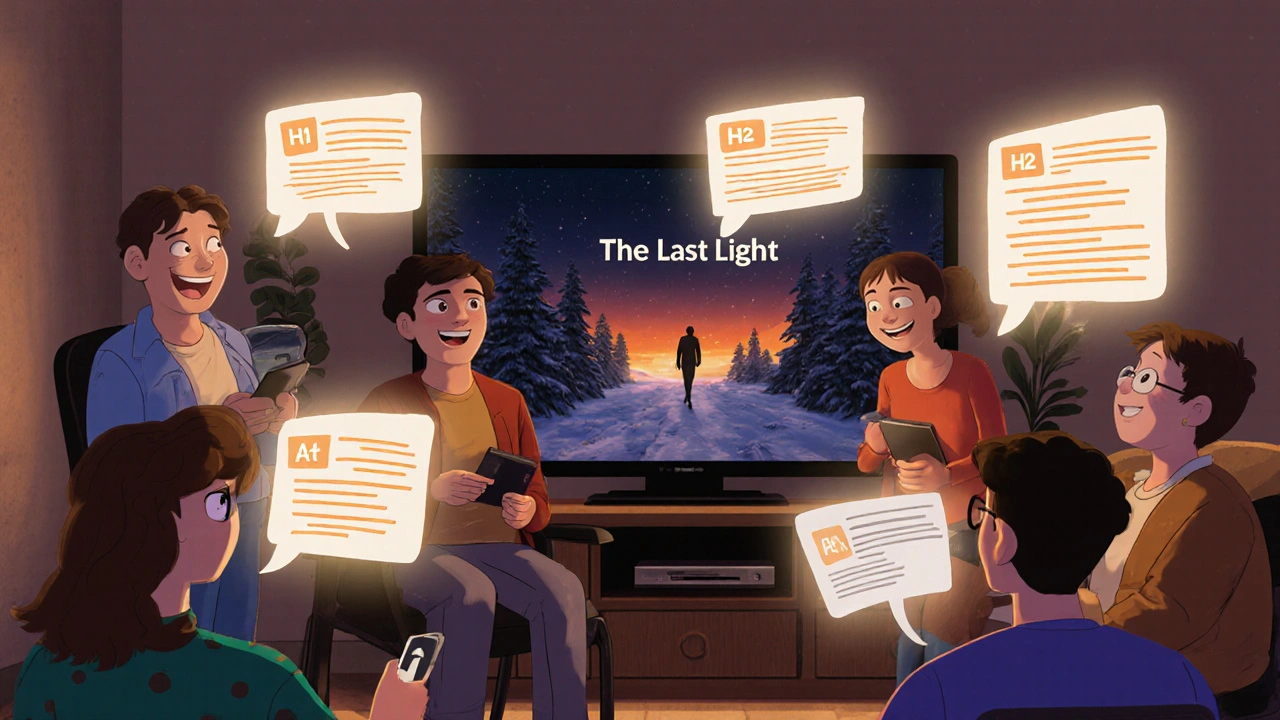Inclusive Writing in Film: How Language Shapes Representation on Screen
When we talk about inclusive writing, the deliberate use of language that respects and represents diverse identities without stereotypes or erasure. Also known as equitable storytelling, it's not about checking boxes—it's about letting characters breathe like real people, not tropes. In film, this means more than just adding a character of color or a non-binary lead. It’s about how they speak, how they’re described, and who gets to tell their story. Too often, scripts still default to male pronouns, heteronormative relationships, or ableist assumptions—even when the plot doesn’t require them. Inclusive writing flips that. It asks: Who’s missing? Why? And how can we write them in without making them a symbol?
This isn’t just about identity—it’s about cinematic language, the way dialogue, narration, and visual cues combine to shape meaning. Also known as narrative voice, it’s the hidden architecture of every great film. Think about how a character’s accent, word choice, or silence tells us more than their backstory ever could. Inclusive writing in film means letting a character from a rural community speak in their natural rhythm, not forced slang. It means avoiding the "magical minority" trope where a person of color exists only to heal the white protagonist. It means writing a deaf character who doesn’t need a hearing savior to be the hero of their own story. These aren’t new ideas—they’re just new to mainstream Hollywood. But indie filmmakers? They’ve been doing this for years. Look at Agnès Varda’s work: she centered women, queer voices, and working-class lives not as side notes, but as the whole story.
And it’s not just who’s on screen—it’s who’s behind the camera. diverse storytelling, the practice of empowering creators from underrepresented backgrounds to shape narratives from the inside. Also known as authentic representation, it’s the difference between a script written about a trans person and one written by one. When the writer, director, or editor shares the lived experience of the character, the details change. A wheelchair user doesn’t just "overcome" their disability—they navigate a world built for others. A Muslim teen doesn’t need to explain their faith to a skeptical classmate. These moments don’t feel forced because they’re not invented—they’re remembered. That’s the power of inclusive writing: it turns fiction into truth.
What you’ll find in the posts below isn’t a list of "woke" films. It’s a collection of real, thoughtful work where language didn’t just describe the world—it changed how we see it. From how romantic comedies evolved their heroines to how sound design and visual symbols carry meaning beyond dialogue, these pieces show that inclusive writing isn’t a trend. It’s the future of cinema—and it’s already here.
Learn how to write movie and TV reviews that work for screen readers and diverse audiences. Simple fixes like clear links, alt text, and plain language make your criticism fairer and more powerful.
View More

